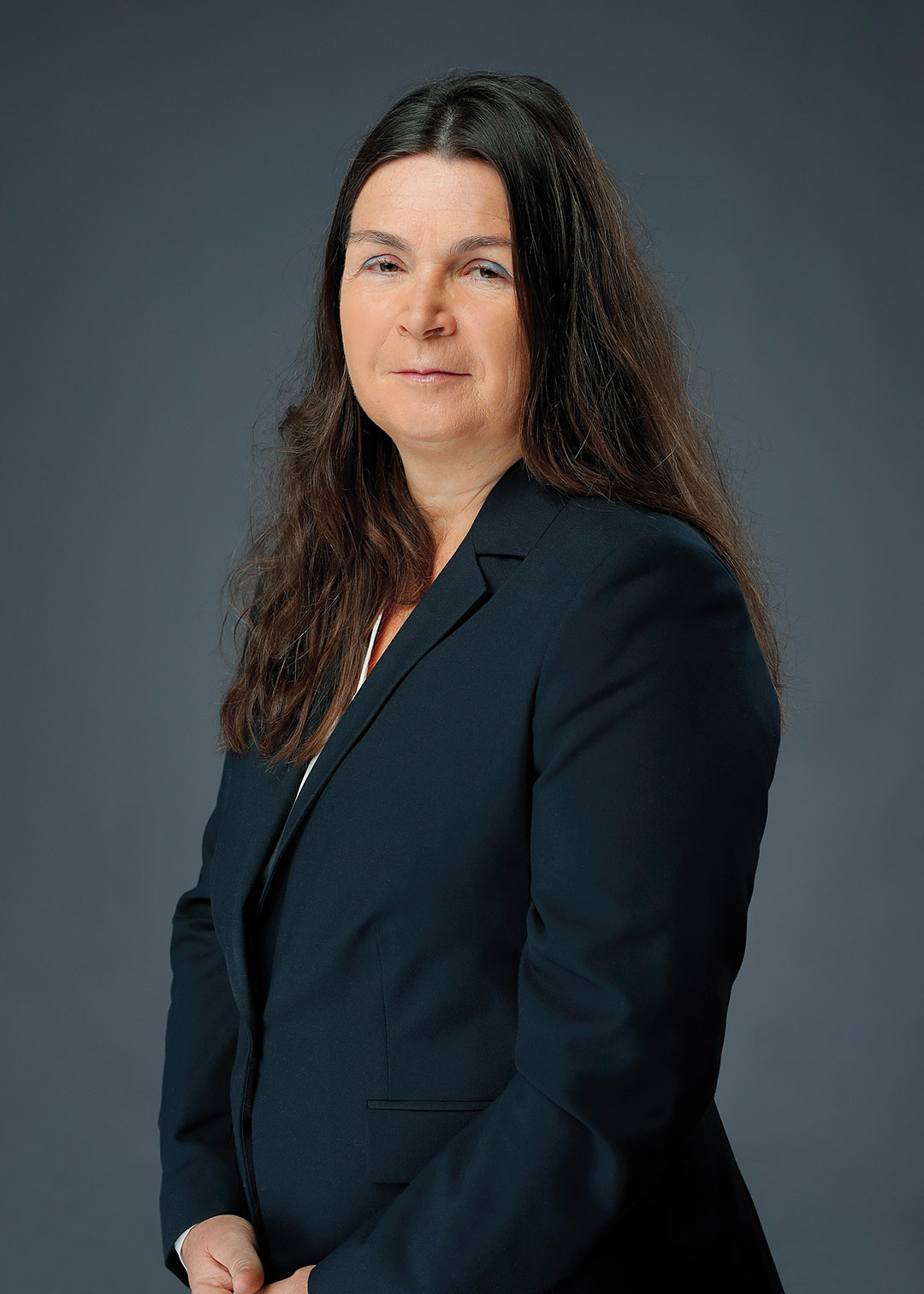The first-ever EHF EURO for both men and women took place in 1994 – and in November 2022, the 30th EHF EURO took place in Slovenia, North Macedonia and Montenegro.
The competitions are now integral parts of the sporting calendar in Europe; indeed for some countries, it would almost not be Christmas without a Women’s EHF EURO to look forward to just before.
EHF Senior Director, National Team Events and Legal Management, Monika Flixeder, has played a key role in the evolution of the competition and she looks back at some of the key developments.
“The launch of the EHF EUROs in 1994 constitutes a crucial moment for the positioning of our sport as a core player on the international sports parquet,” Flixeder says.
The ‘Handball European Championship’, as it was first called at the time offered significant visibility as a well as new and easier access of the sport to the public and the international sports market, Flixeder adds. She says the introduction of the EHF EURO helped boost the profile of individual players, revitalising the transfer market, and giving clubs and club competitions a commercial boost on the back of national team success.
Hosting an EHF EURO can also boost the infrastructure of the hosts – for example when new hotels or arenas are built, as was the case for the first Men’s EHF EURO in 1994.
“When developing the EHF EUROs a core factor was reliable event partnerships, especially in the area of media and marketing, as well as the event statistics, the event flooring and the event equipment. The partners’ contribution in the step-by-step development was decisive for the growth of the events,” Flixeder adds.
The first years of the competition involved just 12 teams, but the EHF EURO expanded to 16 teams in 2002 for both men and women.
“The target of an EHF EURO is to include a wide range of delegations and to present them on international level. Vice versa, there is huge interest by national federations to be present at an EHF EURO as it gives visibility, exposure to potential investors and it strengthens the position of handball in the respective nation towards other sports,” Flixeder says.
More participating nations also increases media and broadcast interest, and encourages participation in the sport at grassroots level.
Flixeder says back in the early 2000s qualification results were extremely tight and there was little difference between the lowest-ranked teams in the tournament.
“Organisation-wise, a restructuring of the event had to take place. For the organising country the possibility developed to spread the event over four event venues in the preliminary round, two main round venues and a final weekend venue,” explains Flixeder.
“With 16 participating delegations, the concept of joint organisation was developed and implemented the first time in 2010 (when Denmark and Norway co-hosted the Women’s EHF EURO). The huge advantage of a joint organisation was the availability of home spectators at two or more event venues. This secures the use of huge arenas and a stable income for the events.”
In 2020 the Men’s EHF EURO expanded further to 24 teams, and the Women’s EHF EURO will take this step in 2024.
“The step from 16 to 24 is a much bigger one than from 12 to 16,” acknowledges Flixeder. “One of the questions was whether the performance level of the teams, especially 20 to 24, would be good enough and the preliminary round group matches remain interesting, especially for the crowds and TV viewers of the top nations.
“The EUROs in 2020 and 2022 proved that the quality of all 24 participating teams were extremely high and several surprises in results and qualifiers to the main round and the final weekend could be observed,” she points out.
Despite the Men’s EHF EURO 2022 still taking place under the shadow of the Covid-19 pandemic, Flixeder says the expansion was a big success with more market reach and higher spectator interest, largely because of the extra teams.
Other evolutions since 1994 include a steady development of the event standards. Potential hosts now have a clearer idea of their responsibilities and the expectations on them.
Technology has improved, enhancing the competition and the spectator experience. A key innovation was the introduction of the iBall, which uses technology developed by Kinexon to track actions on court that can then be analysed to improve performance, and shared with fans.
Flixeder says she has many memorable moments from the past 30 EHF EUROs.
“One of the most moving moments was the fully packed Globe arena at the EHF EURO 2002 final between Sweden and Germany. The venue was beautiful, the crowd just crazy, and an extra time gave a magic atmosphere,” she says.
“When we arrived for the first site visit for the EHF EURO 2008 in North Macedonia, one single pillar stood on the ground: the Boris Traikovski arena was completed less than two years later. A common vision came true with joint forces,” Flixeder continues.
“We managed to organise a tremendously successful EHF EURO for all parties involved despite extremely adverse circumstances in Hungary and Slovakia. Great matches and a fantastic medal ceremony in the brand new MVM Dome in Budapest created more than memorable moments,” she adds.
As a vision for the future she would like to see the EHF EURO take over the host city, with the players celebrated like pop stars and the fan experience second-to-none. Matches could be played in huge venues and the fan experience should be an integral part of the event concept.
“Long lasting partnerships need to support the event in all core areas in order to secure the necessary professionalism,” Flixeder adds.
“When the show begins, the ‘gladiators’ appear to a perfectly designed space and are welcomed by a huge crowd,” Flixeder says, summing up her vision of the future.


The partners’ contribution in the step-by-step development was decisive for the growth of the events.